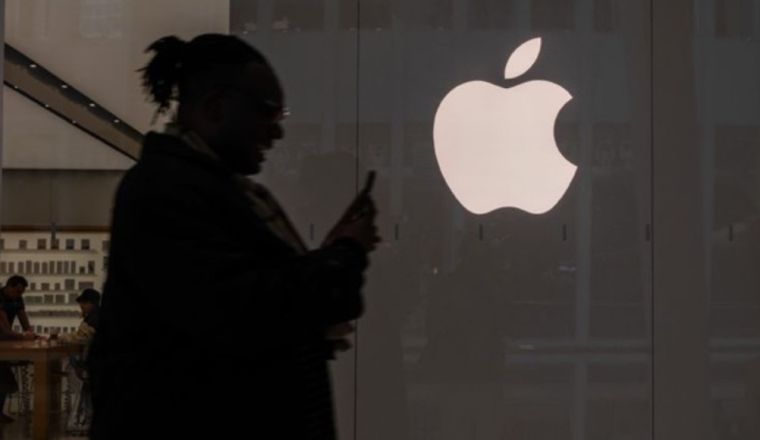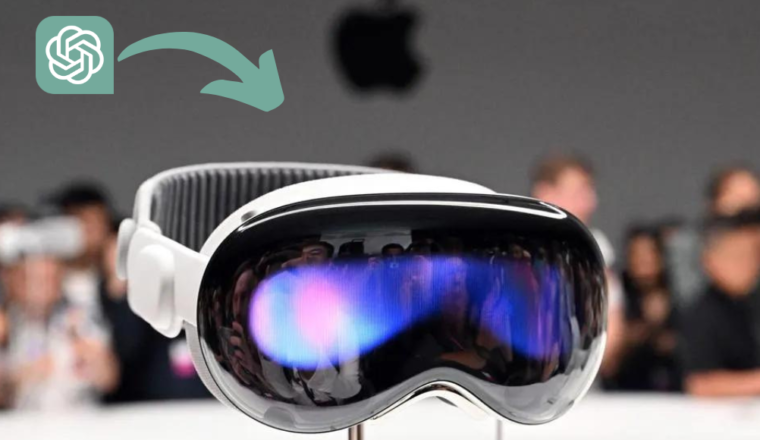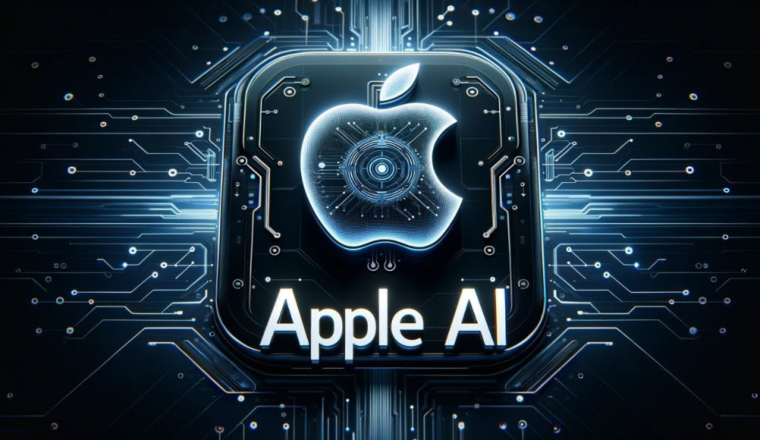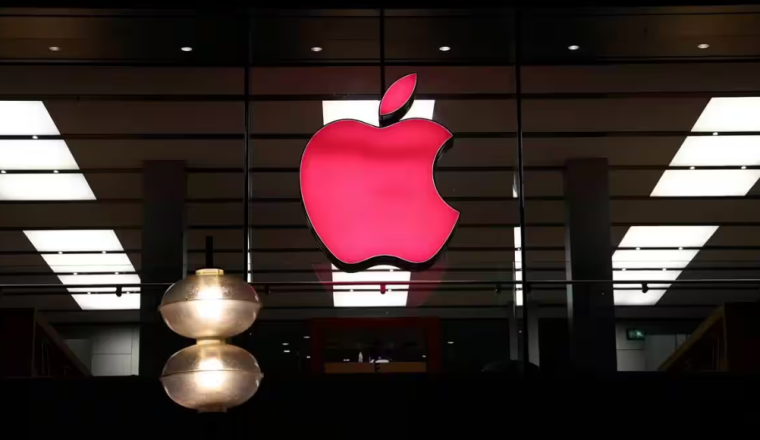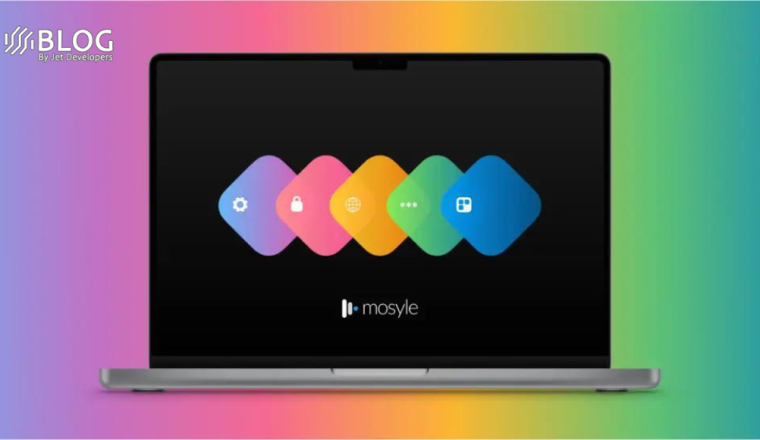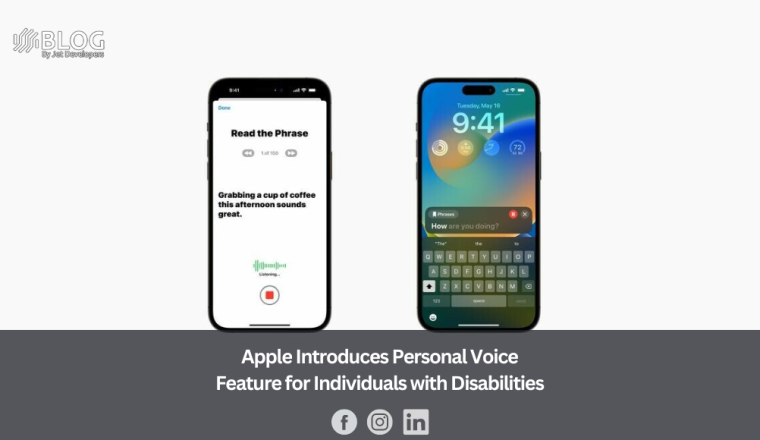Apple Introduces ReALM: Advancing Contextual Understanding in AI
Apple unveils ReALM, a revolutionary AI system poised to transform contextual understanding in voice assistants. Explore the innovative approach of ReALM, its practical applications, and Apple’s strategic moves to stay competitive in the rapidly evolving AI landscape.
Revolutionizing Contextual Understanding
Apple researchers introduce ReALM, an AI system adept at deciphering ambiguous references and context. Leveraging large language models, ReALM converts reference resolution into a language modeling problem, achieving significant performance gains compared to existing methods. With a focus on screen-based references, ReALM reconstructs visual layouts to enable more natural interactions with voice assistants.
Enhancing Voice Assistants
By enabling users to issue queries about on-screen elements, ReALM enhances the conversational experience with voice assistants. The system’s ability to understand context, including references, marks a crucial milestone in achieving true hands-free interactions. With impressive performance surpassing GPT-4, ReALM sets a new standard for contextual understanding in AI.
Practical Applications and Limitations
While ReALM demonstrates remarkable capabilities, it also acknowledges limitations, particularly in handling complex visual references. Incorporating computer vision and multi-modal techniques may be necessary for addressing more intricate tasks. Despite these challenges, ReALM signifies Apple’s commitment to making Siri and other products more conversant and context-aware.

Apple’s AI Ambitions
Amidst fierce competition in the AI landscape, Apple accelerates its AI research efforts. Despite trailing rivals, Apple’s steady stream of breakthroughs underscores its commitment to AI innovation. As it gears up for the Worldwide Developers Conference, Apple is expected to unveil new AI-powered features across its ecosystem, signaling its determination to close the AI gap.
Conclusion: Shaping the Future of AI
As Apple navigates the evolving AI landscape, ReALM stands as a testament to its ongoing advancements in contextual understanding. With the race for AI supremacy intensifying, Apple’s strategic initiatives underscore its ambition to shape the future of ubiquitous, truly intelligent computing. As June approaches, all eyes will be on Apple to see how its AI endeavors unfold.



